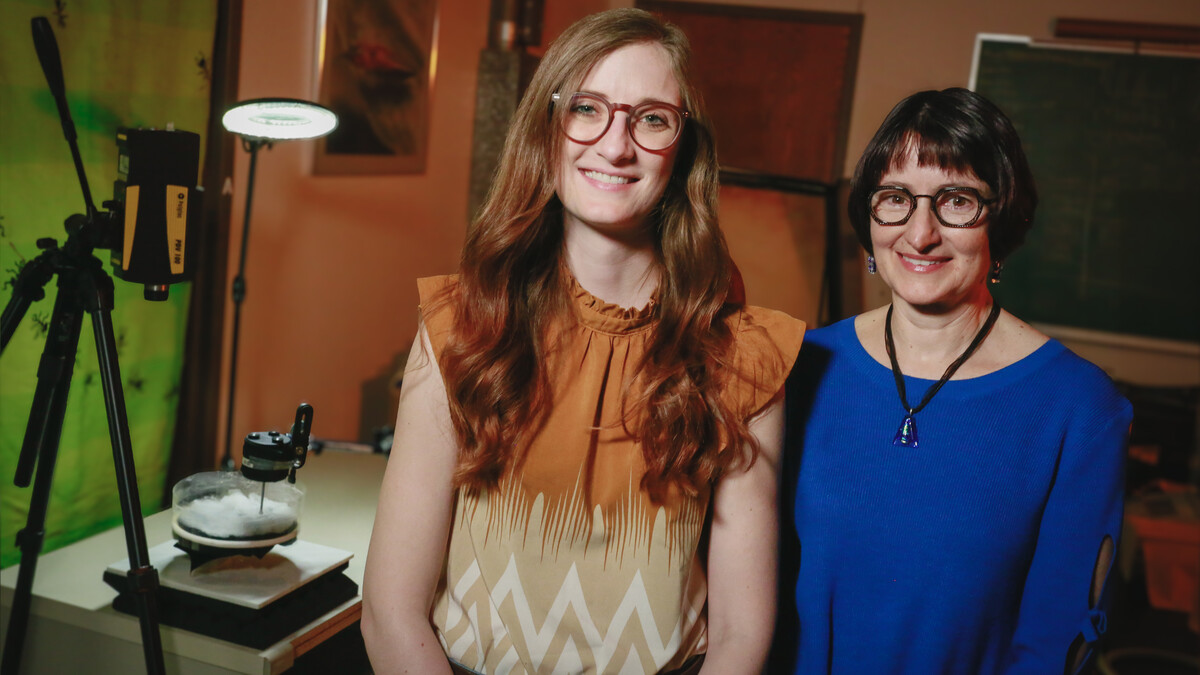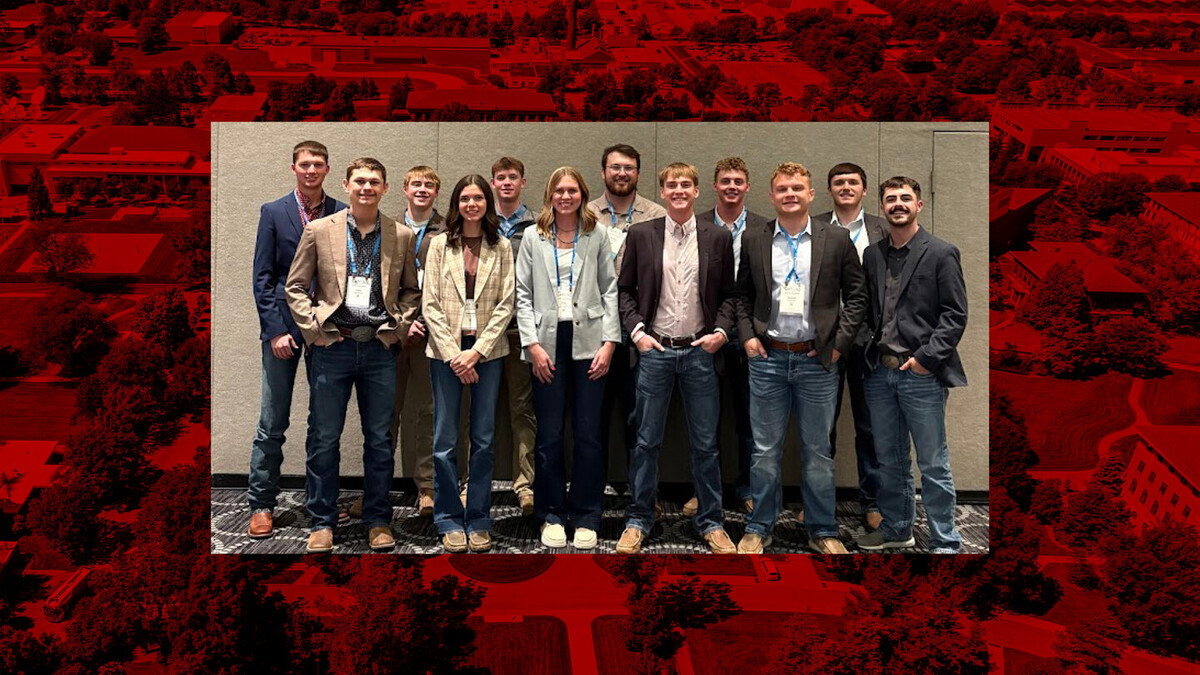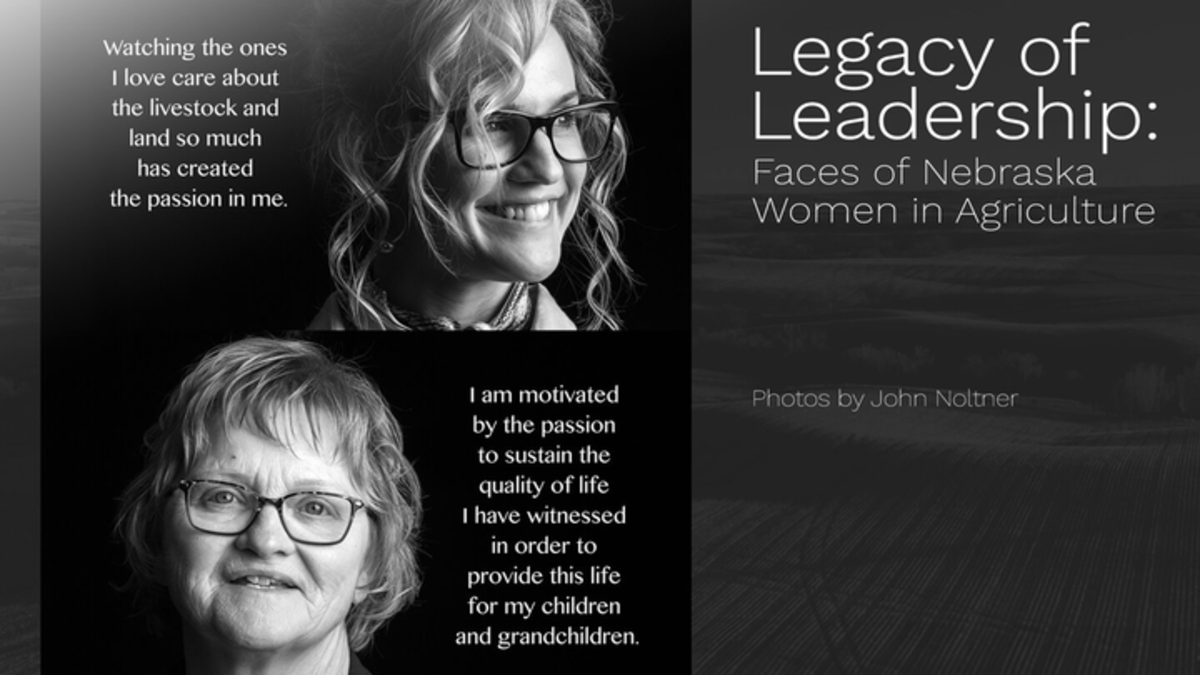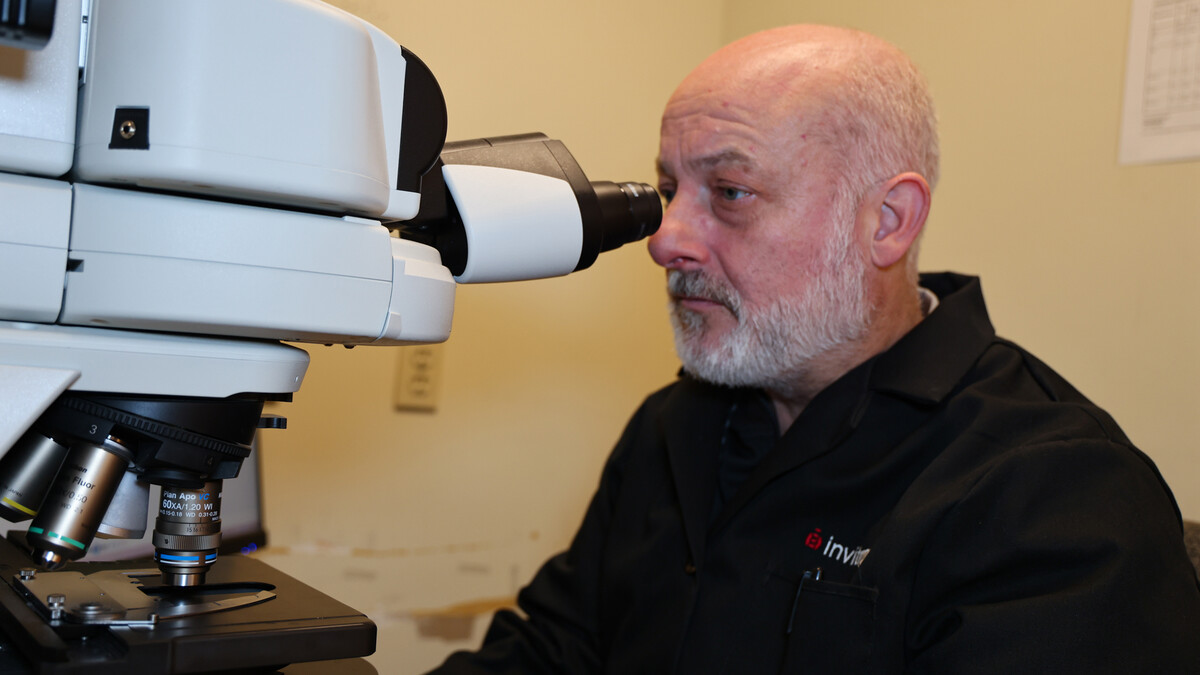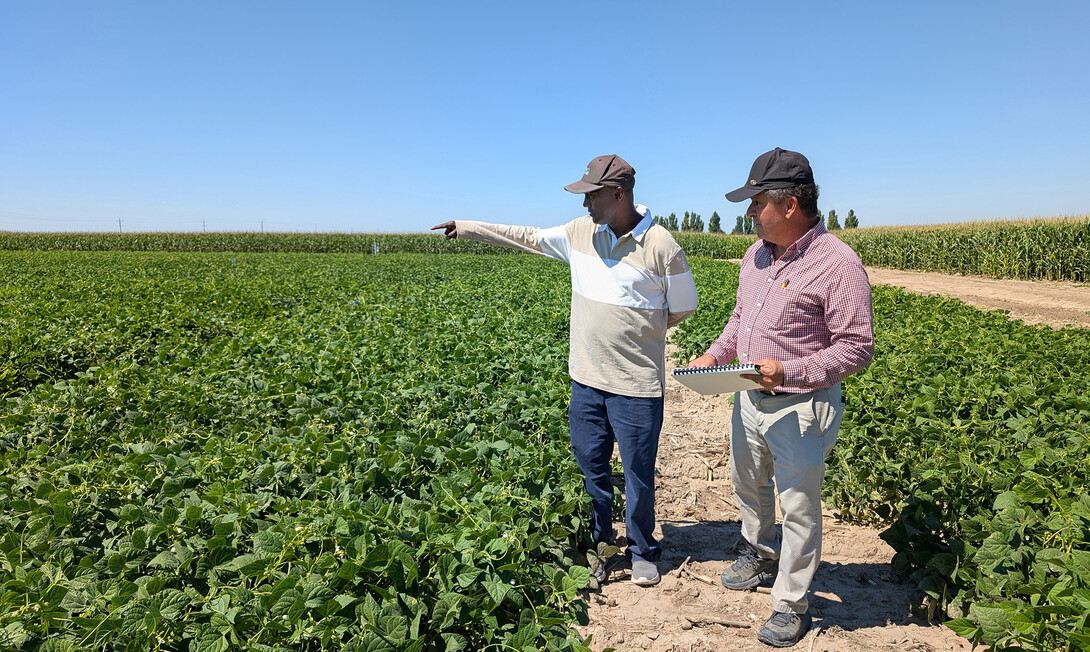
Given the arid climate of western Nebraska, the University of Nebraska–Lincoln’s Panhandle Research Extension and Education Center (PREEC) in Scottsbluff is an ideal location for researching drought-tolerant crops, such as dry edible beans. While dry edible beans may not be a staple in many American diets, it is a staple in East Africa, where bean consumption per person is 120 to 140 pounds per year.
The desire to produce a better bean for consumption and as a cash crop has led to UNL’s Dry Bean Breeding Program in collaboration with the Alliance of Bioversity C/AT in Africa.
“They gave us game-changing pinto beans, and we took it from there, and we tested in Tanzania, and we released it officially,” said Teshal Mamo, an Alliance of Bioversity C/AT dry bean breeder in Arusha, Tanzania.
The pinto bean is called “Kikatiti.”
“It is a variety with exceptional performance,” said PREEC bean breeder Carlos Urrea.
Kikatiti took many years to develop, reaching a plant-able version at a University of Nebraska greenhouse in 2003. The bean has since been tested in Colorado, Idaho, Michigan, Nebraska, North Dakota, and Washington to ensure it handles well in different environments. More testing has also been done in western Nebraska to prove its strong yields. Kikatiti is especially adapted to low soil fertility, high temperatures and drought, and resistant to common bacterial blight and angular spot.
After a recent trip to Nairobi, Kenya, Mamo said, “It is very dry, very low rainfall, and infertile soil, and Kikatiti performed well. A big farmer [in the area], he’s really happy with that, and the pinto type is replacing the old pinto variety, [which had] very low yield and was susceptible to drought.”
However, before Kikatiti could become a cash crop in Africa, more collaboration and training, especially in breeding, had to be done at the PREEC.
Shida Nestory, a scholar from Tanzania, joined Urrea’s breeding program in 2024 to study dry beans. He works as a crop research officer at the Tanzania Agricultural Research Institute (TARI).
“He is back in Tanzania and is a self-confident breeder, after his experience here,” Mamo said. Now that Nestory is back in Tanzania, “he is sharing with other colleagues and has trained another team. His experience grew his thinking.”
Now, due to donations from the Nebraska Dry Bean Commission and the University of Nebraska, Kikatiti will be grown in regional nurseries in 10 African countries, where they will evaluate the bean in their environments this coming season, which starts in September or March, and in two to five years, the beans should be growing in those countries.
“This would be for more than 200 schools that have started eating beans during their lunch time,” Mamo said. “The [African] government has a 10-year plan to really cover the whole elementary and the junior school. Kids should eat beans, because beans have iron and zinc, which is good for really reducing anemia.”
